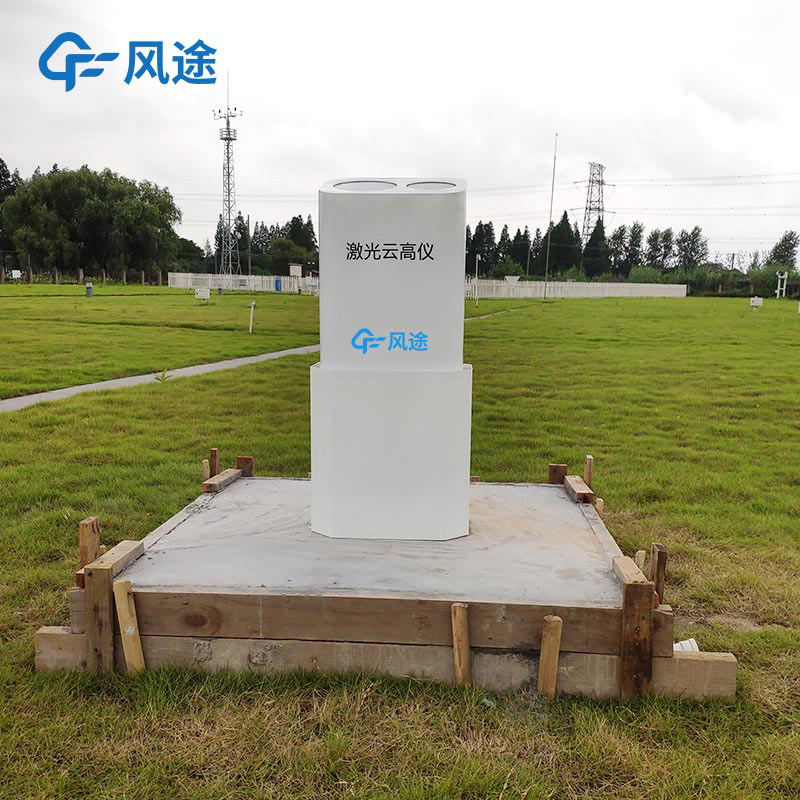Meteorological environment monitoring equipment supplier
Insist on doing high-precision customer favorite technology products
Laser cloud gauge daily maintenance manual
Cloud height is the vertical distance between the cloud base and the measuring point also known as cloud base height. The height of the cloud is expressed in meters (m), rounded. The measurement principle of the laser cloud altimeter is that the transmitter emits the pulse laser to the cloud base, and the receiver receives the laser echo signal from the cloud base after a period of time. The cloud base height can be obtained from the oblique distance between the instrument and the measured cloud base and the elevation Angle of the laser cloud altimeter.
The laser cloud measuring instrument includes a measuring unit, a power supply, a communication unit, a heating and blowing device, and a housing (including a base and a support). The measuring unit is mainly composed of a transmitting unit, a receiving unit and a control processor. The transmitting unit emits a periodic pulse laser signal in the working process, while the receiving unit receives the atmospheric echo signal in the working process and controls the processor to complete the transmitting signal monitoring of the transmitter and the receiving signal acquisition and processing of the receiver. The communication unit connects the collector to the service terminal and the collector to the integrated hardware controller. The heating device ensures the stable operation of the transmitter at low temperature. When the internal temperature of the device is less than a certain threshold, the heating device is heated and blown inside the chassis. When the temperature rises to a certain threshold, the heating is stopped, and the blowing is stopped after a delay of 2 minutes.
Daily maintenance
1. Regularly check the operation of the laser cloud detector. During the inspection, it was found that the laser cloud detector (especially in the sampling area) had cobwebs, bird nests, dust, branches, leaves and other debris that affected the data collection, and should be cleaned up in time.
2. Replace the air filter of the cooling fan regularly.
3. Regularly clean the optical lens, according to the environmental conditions around the device, appropriately increase or reduce the interval required to wipe the lens, and clean it in time when it encounters dust and rain (snow) weather.
